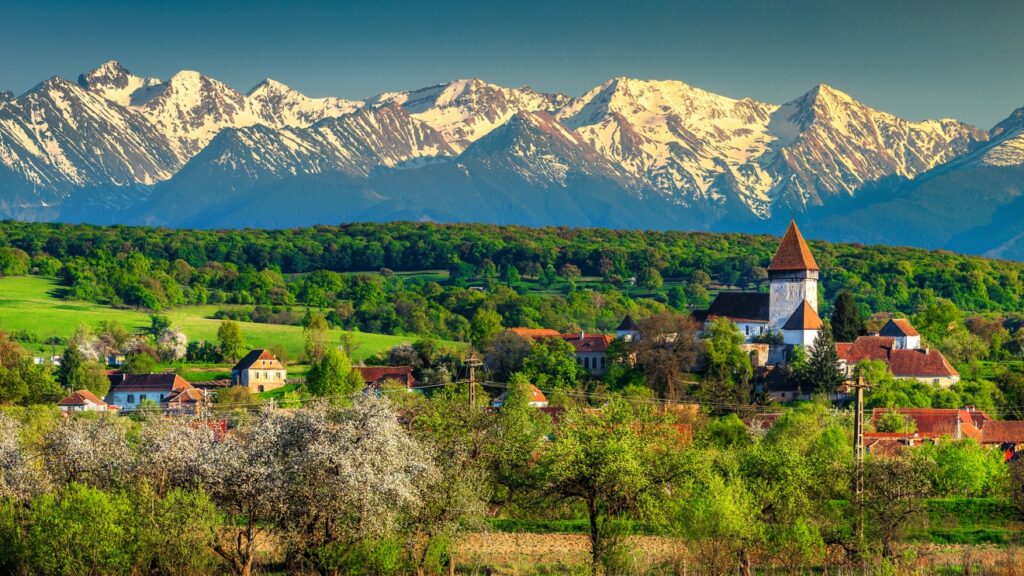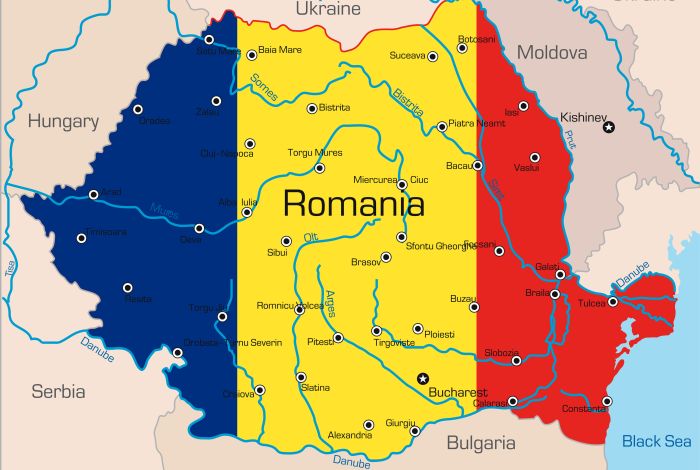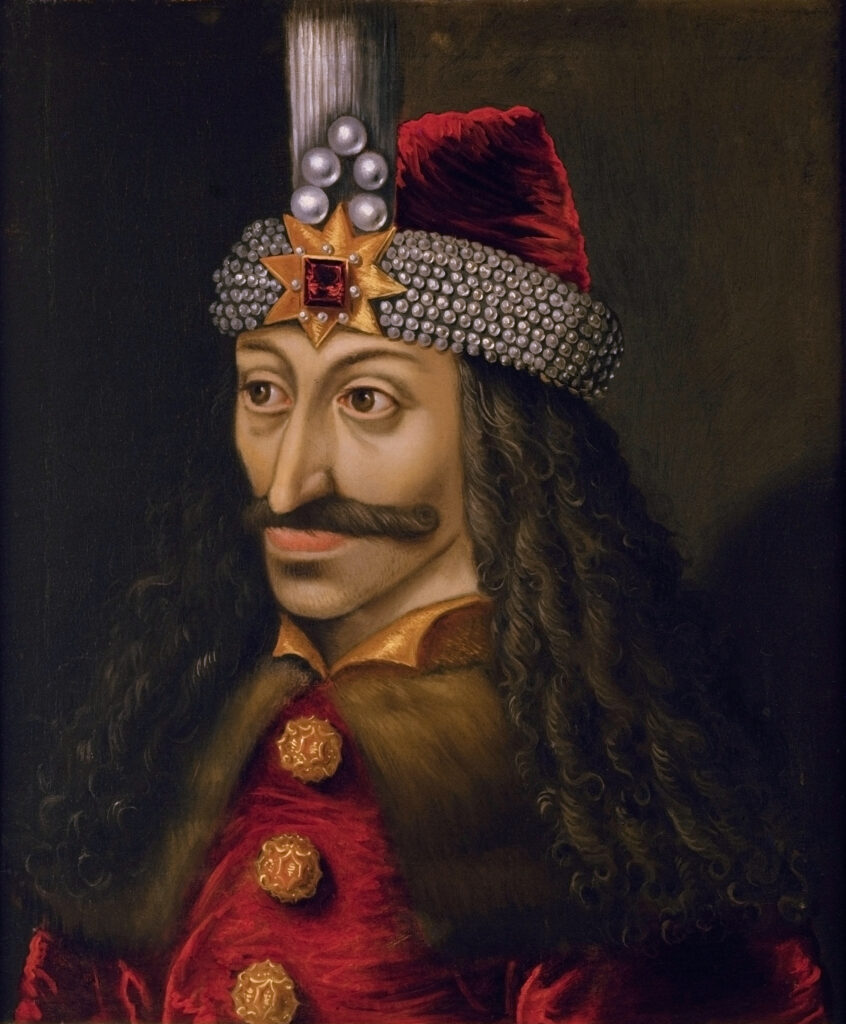2021 will see Romania hosting the XI World Championship in HMB Battle of the Nations. Today we want to introduce you to this country. Romania covers an area of 238,391 km² and is the largest country in Southeast Europe and the 12th largest country in all of Europe. Actually, we can talk about Romania all day long. Here you will find amazing nature, mild climate, history that makes your head spin, and amazingly welcoming locals!

Today’s Romania is vibrant, distinctive and multifaceted. It is simply impossible to list all its beauties, sights, scapes, stories and myths! We have prepared a series of articles for you in which we will tell you a lot of interesting things about the country and its inhabitants. We are sure you will fall in love with Romania, but let’s talk about everything in order.
The country is located in a continental climate zone with cold winters and very comfortable summer temperatures. The average daily air temperature in the country in July can reach + 25-26 degrees C. The water warms up to + 24 ° C. However, remembering BotN for at least the last 3 years, we note that a raincoat and warm clothes should still be taken with you on your trip!

Romania is not part of the eurozone and has its own currency. The local currency is called the Romanian Leu and 1 Leu costs 0.25 USD or 0.21 Euro. But the country is a member of the European Union, so representatives of countries that are not members of this union will need a Schengen visa.
As far as history is concerned, here life has been in full swing for many centuries. However, we choose to focus on the period of the Middle Ages, so close to all fans of HMB sports.
During this period, Romania as such did not yet exist, and the ancestors of modern Romanians lived on the territory of 3 principalities: Wallachia, Moldavia and Transylvania. Familiar names?

The principality of Transylvania since the 11th century was part of the Kingdom of Hungary, but it was still autonomous, and from the 16th to the beginning of the 17th century it was an independent principality. In 1526, the Hungarian troops were defeated during the Battle of Mohacs and Transylvania, Wallachia and Moldavia fell under the vassalage of the Ottoman Empire. This period is characterized by the gradual withering away of the feudal system.
Among the rulers of the territories at this time, the most prominent are Stephen III the Great, Vasily Lupu and Dmitry Cantemir in Moldova; Matei Basarab, Vlad III Tepes (Dracula) and Konstantin Brynkovyan in Wallachia; Janos Hunyadi and Gabor Betlen in Transylvania.
In 1600, Mihai the Brave, Prince of Wallachia united Wallachia, Moldavia and Transylvania under his command, but the union lasted only a year. In 1601, Mihai was killed, and the pro-Ottoman boyars gained true power in Wallachia and Moldavia. The entire 17th century is characterized by boyar fragmentation and civil unrest.

There are still a lot of interesting things about Romania ahead. We are sure we can surprise you!
2021